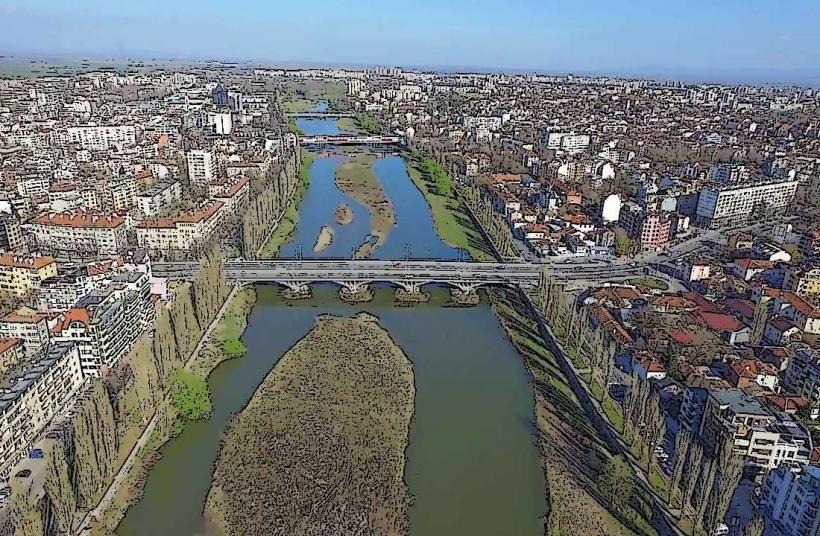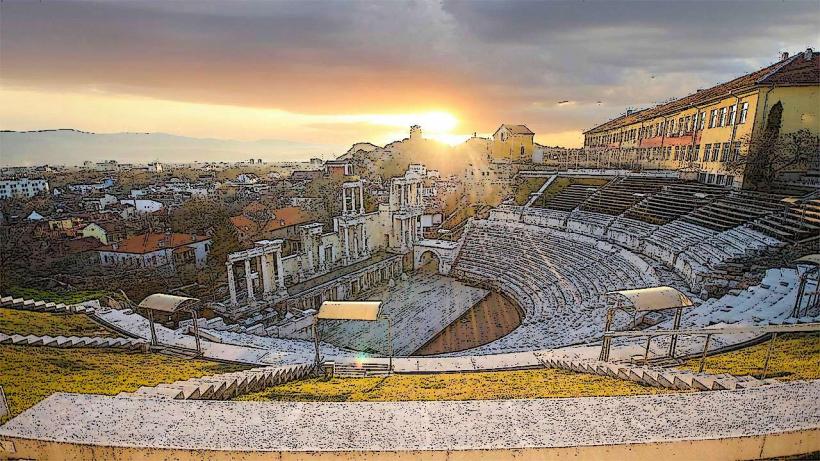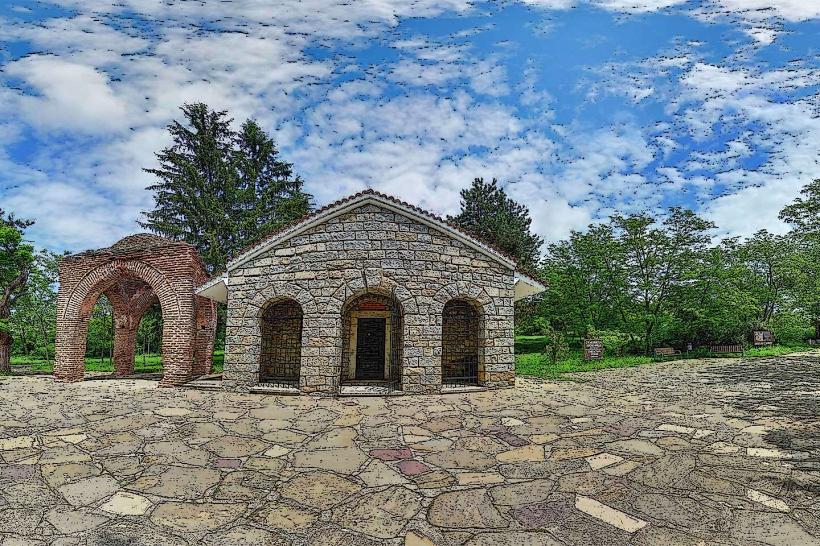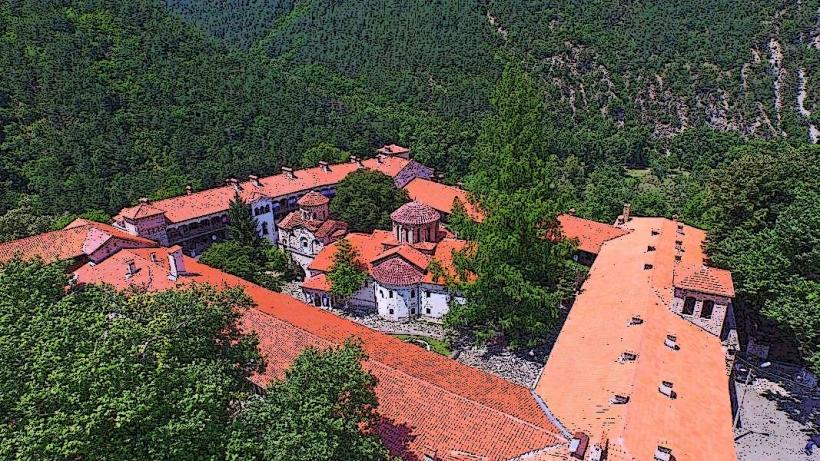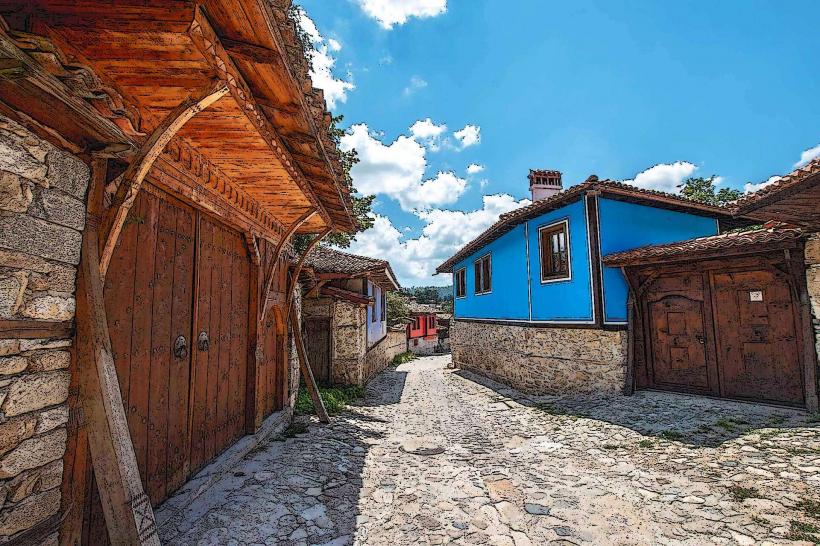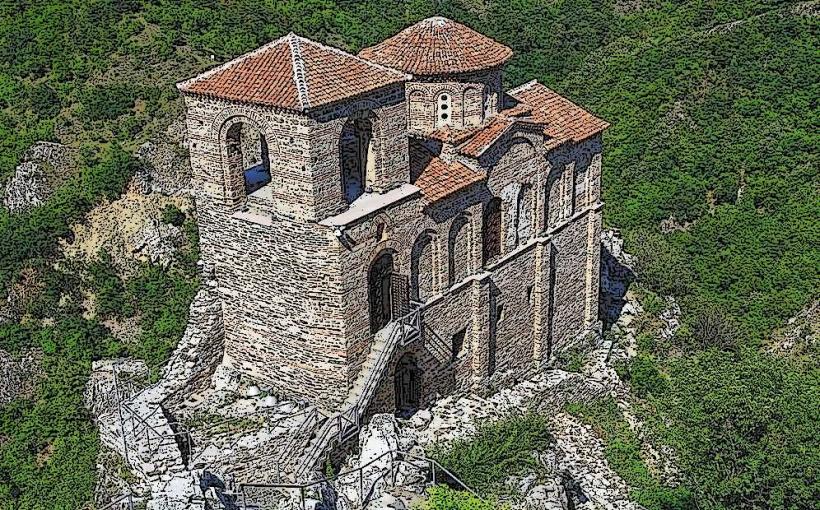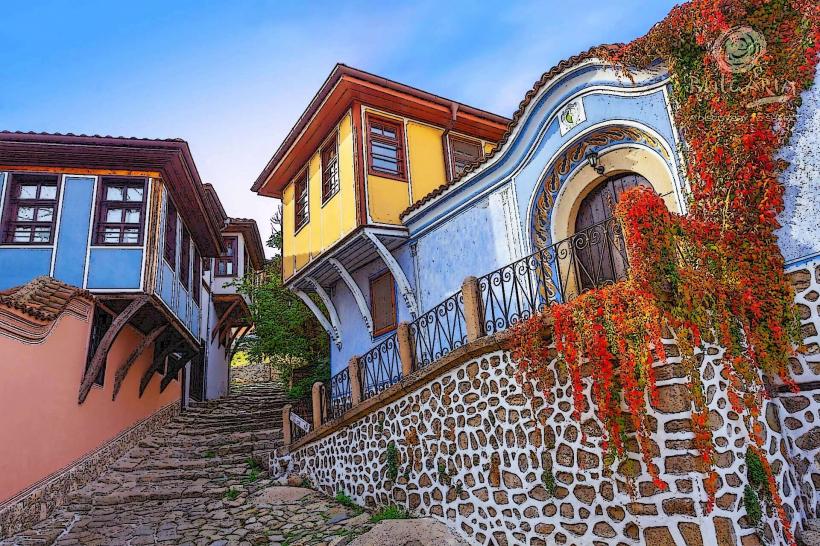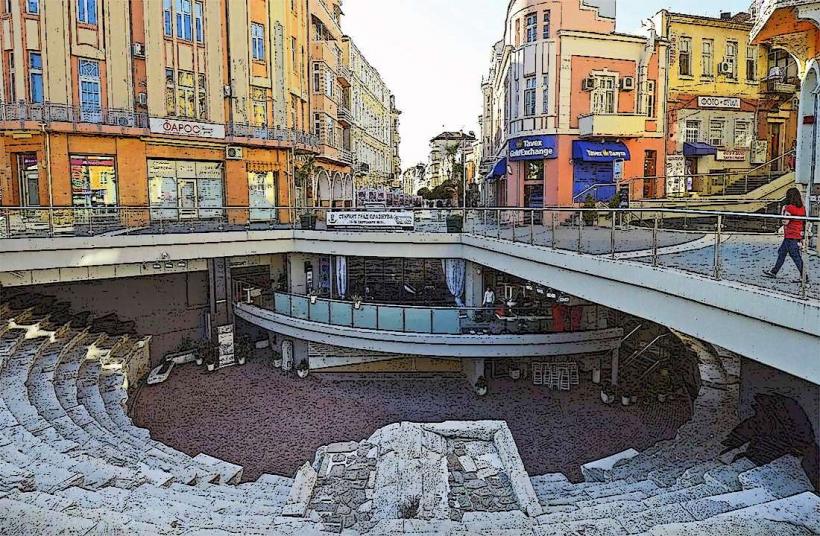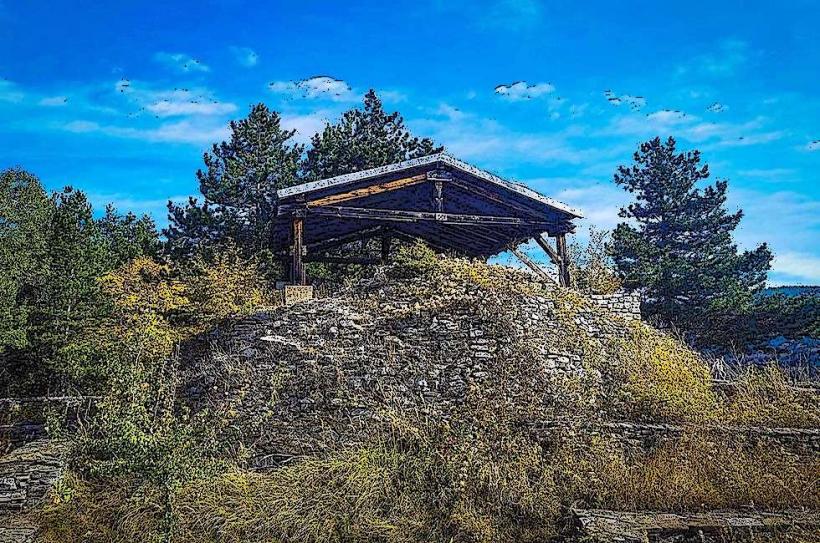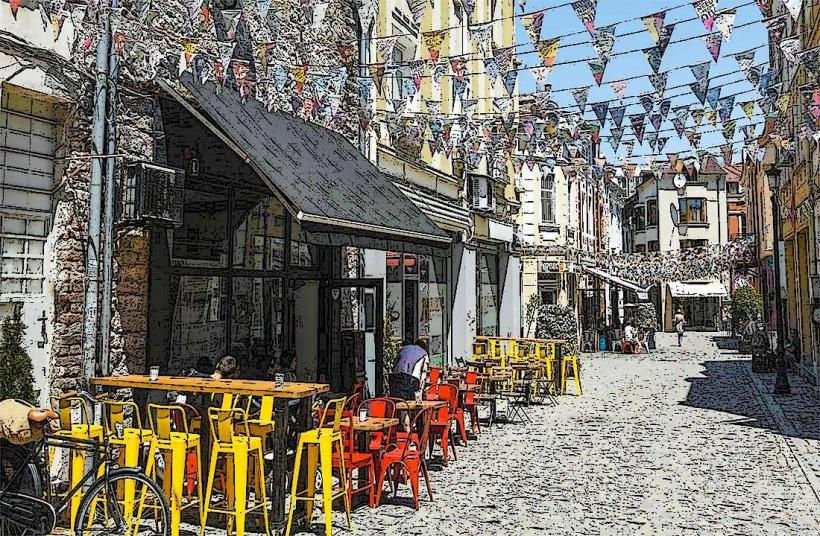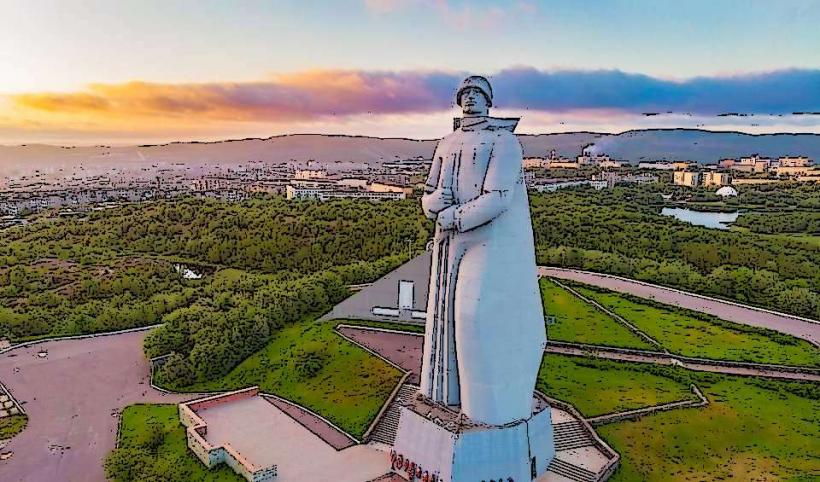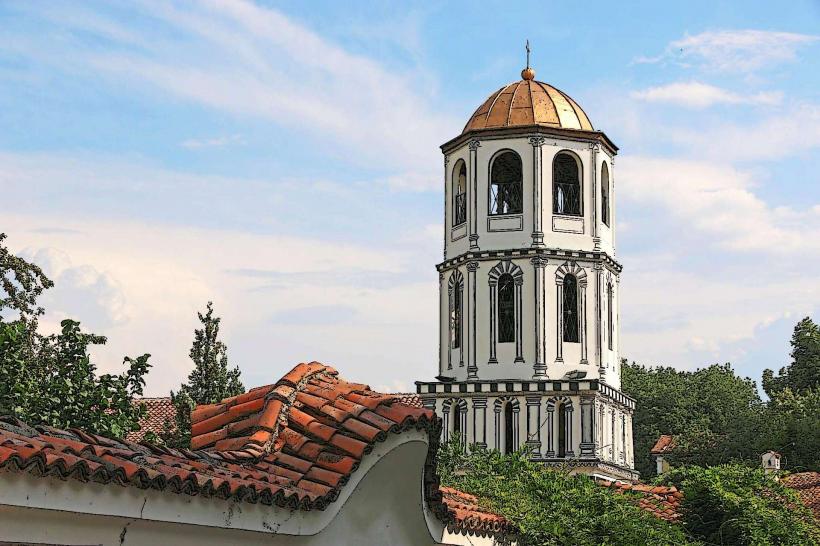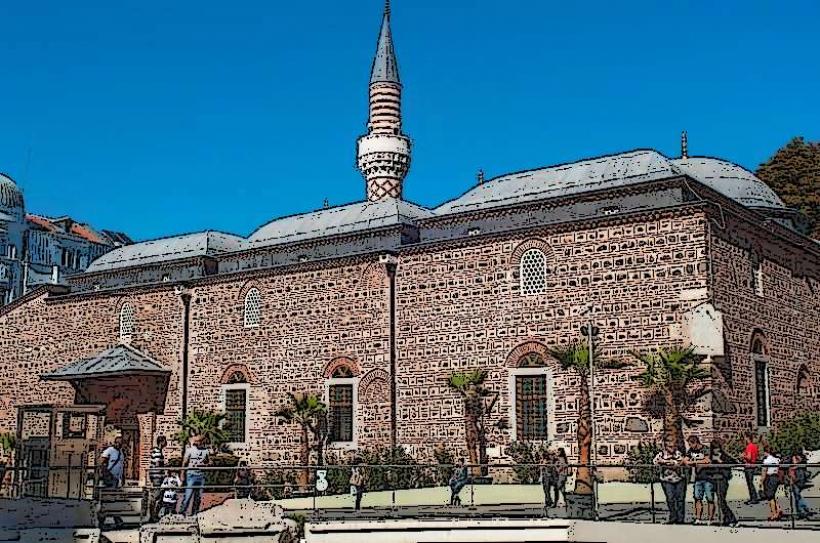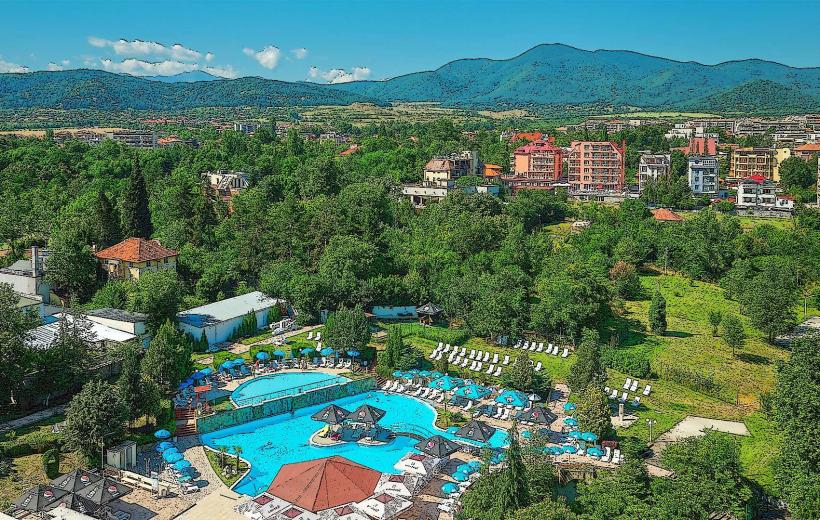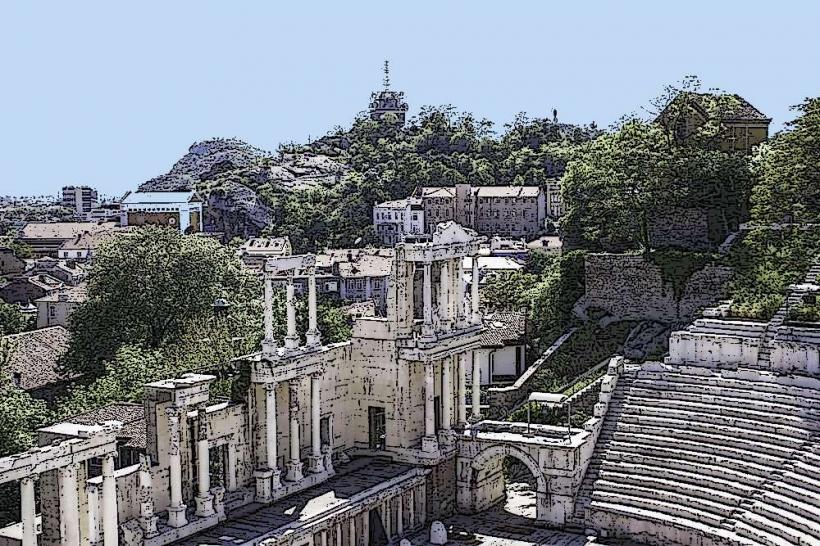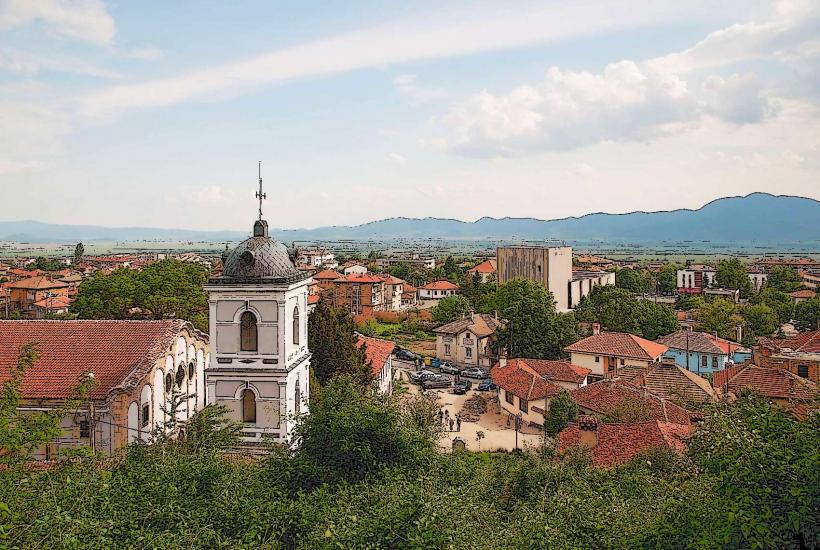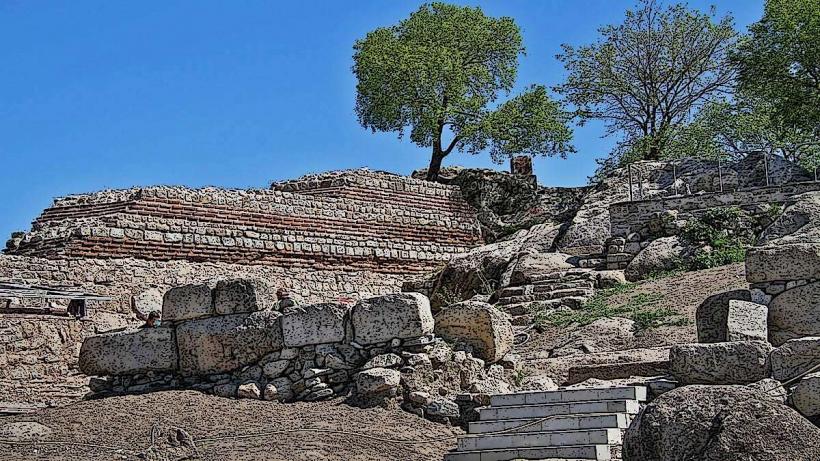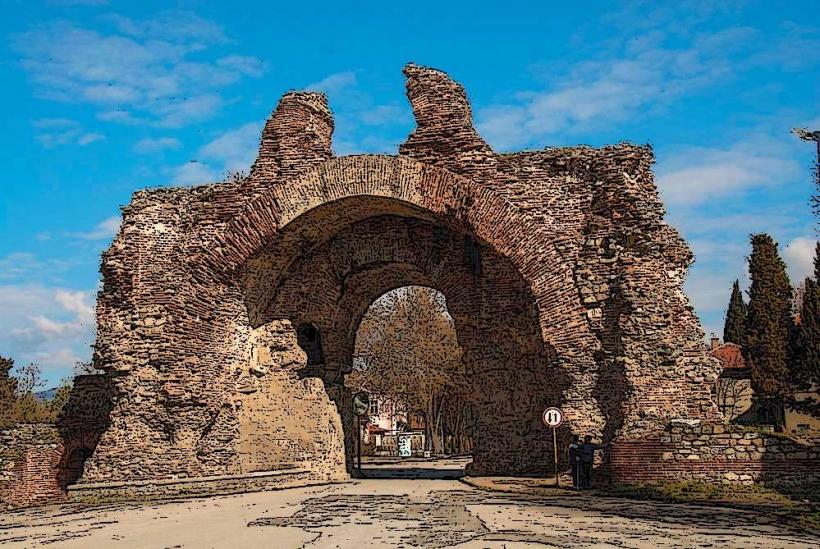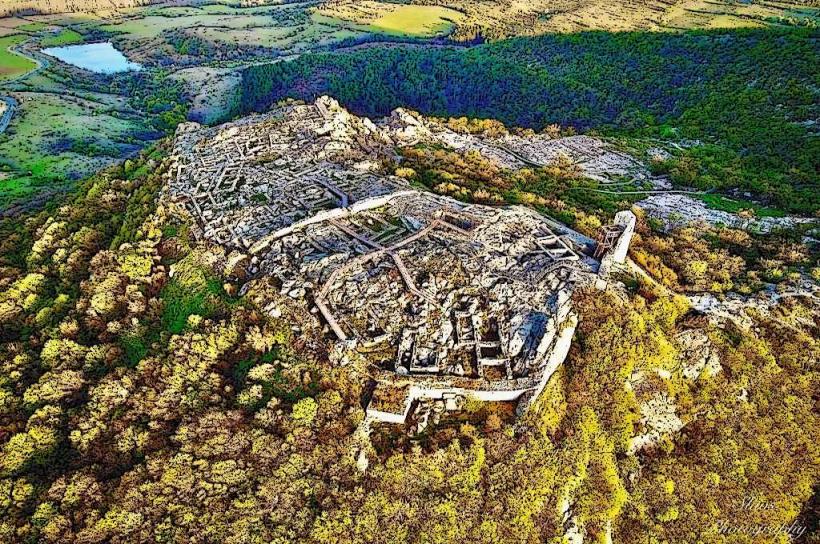Information
Landmark: Museum of ArchaeologyCity: Plovdiv
Country: Bulgaria
Continent: Europe
The Museum of Archaeology in Plovdiv is one of the most important and renowned archaeological museums in Bulgaria, offering a rich collection of artifacts that trace the history of the Plovdiv region, from ancient times through the Roman, Byzantine, and Ottoman periods. The museum's exhibits provide insight into the historical development of the city, which is one of the oldest continuously inhabited cities in Europe, dating back over 6,000 years.
History and Significance
The Museum of Archaeology in Plovdiv was established in the late 19th century, in 1882, making it one of the oldest museums in Bulgaria. It is housed in a beautifully restored Renaissance Revival-style building dating from the 19th century. The building itself is a testament to the region's historical and architectural development, with an elegant design that reflects the cultural heritage of the time.
Plovdiv, known as Philippopolis in ancient times, was a major center of the Thracian, Roman, and later Byzantine civilizations. The city has been continuously inhabited since ancient times, and the museum's collections reflect this rich history.
Exhibits and Collections
The Museum of Archaeology in Plovdiv houses an extensive collection of artifacts, including prehistoric, Thracian, Roman, Byzantine, and Medieval items. The museum is divided into several thematic sections, each dedicated to a specific period or aspect of Plovdiv’s long history.
1. Prehistoric Artifacts
- The museum features a variety of prehistoric artifacts, including tools, pottery, and jewelry that date back to the Stone Age and Bronze Age. These items shed light on the early inhabitants of the region, including the Neolithic cultures that first settled in the Plovdiv area.
2. Thracian Artifacts
- One of the museum's most impressive collections is dedicated to the Thracian culture, which was dominant in the region before the rise of the Roman Empire.
- The collection includes Thracian tombs, funerary objects, weapons, and ceramics that reveal the complex and rich culture of the Thracians.
- Thracian gold and silver jewelry, as well as decorative items such as throne chairs and ritual objects, are among the highlights of the museum’s Thracian display.
3. Roman and Byzantine Artifacts
- Roman Plovdiv (formerly known as Philippopolis) was one of the most important cities in the Roman Empire’s Thrace province. The museum contains an impressive collection of Roman artifacts, including statues, coins, inscriptions, mosaics, and pottery.
- The collection includes items related to Roman daily life, military artifacts, and religious practices.
- The Roman tombstones, depicting the lives of prominent citizens of Philippopolis, are particularly notable.
- Byzantine artifacts from the 4th to 6th centuries AD also showcase the continuation of the city’s historical significance during the Byzantine period. Byzantine coins, religious icons, and remnants of churches are featured in this section.
4. Medieval Artifacts
- The museum’s medieval section explores the history of Plovdiv and its surrounding region during the Middle Ages, when it was an important center of trade, culture, and military power. Artifacts include medieval coins, pottery, and religious icons that reflect the influence of both the Ottoman Empire and the Byzantine Empire.
- Medieval weapons, including swords, axes, and armor, provide insight into the military history of the region.
5. The Roman Stadium of Plovdiv
- One of the most impressive features of the museum is the connection to the Roman Stadium of Plovdiv, which is located nearby in the City Center. The museum displays some of the architectural remains and artifacts from the stadium, which could hold up to 30,000 spectators and was used for athletic competitions and public events in Roman times.
6. The Building and Restoration Work
- The museum building itself is a historic monument, and some exhibits also include architectural artifacts that were recovered during excavations of local structures, including Roman houses, baths, and fortifications. Visitors can also learn about the ongoing archaeological excavations that continue to uncover new findings in Plovdiv.
Key Exhibits and Highlights
Thracian Gold Jewelry: Among the most famous items on display are the exquisite Thracian gold and silver jewelry, which include necklaces, bracelets, and ritual objects. These pieces exemplify the skill and artistry of the Thracian culture.
Roman Mosaics: The museum features a collection of Roman mosaics that once decorated public buildings, villas, and baths. These mosaics depict a wide range of scenes, from everyday life to mythological stories.
Statues and Sculptures: The museum has a significant number of Roman and Greek statues, as well as sculptures depicting emperors, gods, and local leaders. Some of these statues were uncovered during excavations in Plovdiv, while others were brought from nearby archaeological sites.
Coins and Inscriptions: The collection includes coins from various periods, including Greek, Roman, and Byzantine coins, as well as stone inscriptions that provide important historical context.
Roman Tombstones: Some of the most interesting exhibits are the Roman tombstones, which provide detailed inscriptions about the lives and occupations of prominent citizens of the ancient city.
Museum Layout and Visitor Experience
- The museum is divided into several halls, each dedicated to a different historical period or theme. Visitors can explore the exhibits in chronological order to trace the development of the region from prehistoric times to the medieval period.
- Many of the exhibits are accompanied by detailed descriptions and translations in multiple languages, providing context for the artifacts.
- The museum also organizes temporary exhibitions, educational programs, and archaeological tours of the surrounding region, making it a dynamic cultural hub in Plovdiv.
Location and Accessibility
- The Museum of Archaeology is located in the center of Plovdiv, a city known for its ancient history and cultural heritage. It is easily accessible by foot from many other historical landmarks in the city.
- Plovdiv’s Old Town, with its cobblestone streets and historical buildings, is just a short walk away from the museum, making it a perfect spot for visitors interested in exploring the city’s ancient and modern facets.
Conclusion
The Museum of Archaeology in Plovdiv is an essential destination for anyone interested in the history of Plovdiv, Bulgaria, and the broader Balkans. Its rich collections of Thracian, Roman, Byzantine, and medieval artifacts provide visitors with a deeper understanding of the region’s long and varied history. With its impressive exhibits, fascinating artifacts, and historical building, the museum serves as a gateway to the ancient world of Plovdiv and its role in the broader context of European history.

